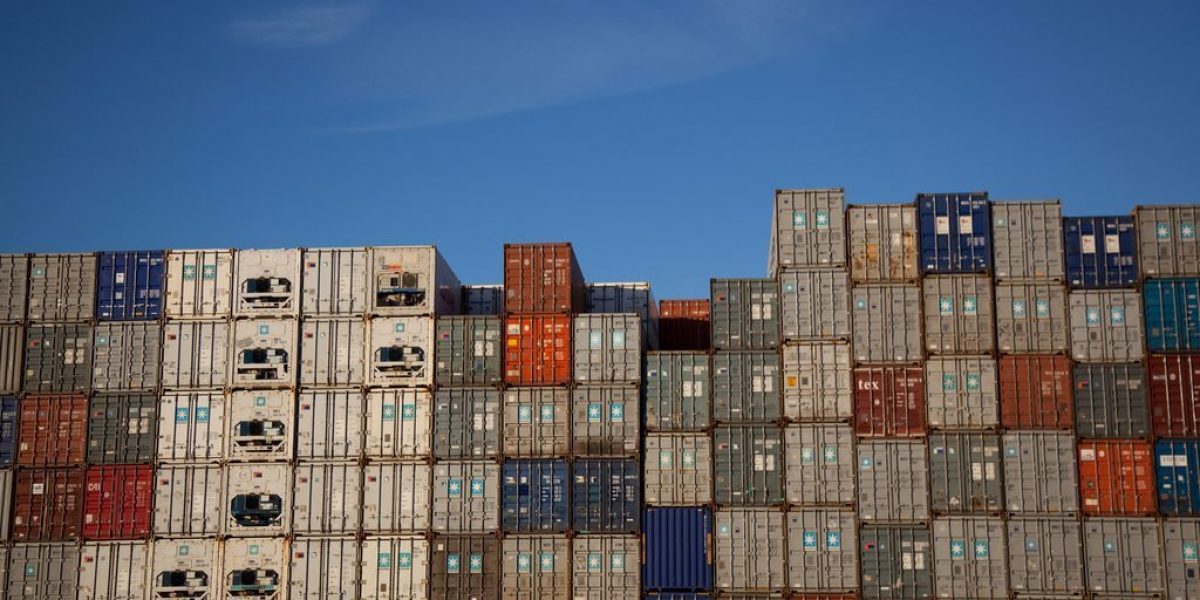It should be carved out as a separate policy space in its own right. As government moves to accelerate our economic growth, it is time to consider this issue. Why is trade important? The economic case is grounded in the fact that it enables companies and consumers to use their scarce resources efficiently. On a national level this promotes specialisation in production and a wider exchange of goods. Transmission of new products, embodied in imported goods and services, encourages innovation.
The political case is that trade is our inherent right; in other words, free(r) trade promotes individual liberties.
Good trade policy is about making international trade easier and more cost effective while retaining essential control functions. This entails progressive, sequenced liberalisation and institutional upgrading. Undoubtedly there will be losers in import-competing industries. But these losses should be offset through the development of new economic activities. And trade liberalisation is essential to competitiveness.
The lack of appreciation of the role trade policy can play in economic development is glaringly displayed in the World Trade Organisation (WTO). The Hong Kong ministerial conference in December changed practically nothing, and the tough decisions on market access have been postponed.
Why is the Doha Round sleepwalking closer to collapse? A major fault line is this round’s vaunted “development dimension”. Nongovernmental organisations and most developing-country governments interpret it to mean one-sided liberalisation: the north should open its markets; but the south should be exempted from further liberalisation and rules commitments, in addition to receiving more aid. Critics of trade liberalisation make three arguments.
First, they assert there are weak links between trade liberalisation, growth and poverty reduction. Second, developed countries should liberalise trade, but developing countries should not. Third, developing countries should use interventionist industrial policies, not least to promote infant industries. This requires more flexible WTO rules. Do these ideas make sense?
First, according to World Bank and Organisation for Economic Co-operation and Development figures, since 1980 developing countries with a total population of about 3-billion — mostly in Asia — have more than doubled their trade-to-GDP ratios and real per-capita incomes while cutting average import tariffs by more than one-third. That leaves “less globalised” developing countries with a combined population of about 1,5-billion, which have stagnant trade-to-GDP ratios and per-capita incomes, and much lower cuts in average import tariffs. The “new globalisers”, unlike the rest, have also seen dramatic reductions in poverty and improvements in human welfare.
Of course trade liberalisation is no panacea. To capture productivity gains fully, external liberalisation must be embedded in broader, market-based and market-supporting institutional reforms. But the central point remains that high-growth, more prosperous developing countries are those that have liberalised external trade and investment as part of a general move towards a market economy — none more so than China and Vietnam. So much for the utterly misleading view that high protection in China and Vietnam has not deterred fast growth, and has even contributed to it.
Second, northern trade barriers are indeed iniquitous and restrict labour- intensive developing-country exports. But developing countries’ own protectionist policies harm them even more. Unskilled rural labour would gain most through liberalisation, which would reduce the anti-agricultural bias in domestic economies. Hence one-sided trade liberalisation is a policy of self-harm for developing countries in the WTO.
Third, the infant-industry argument is back in favour — despite the historical record. In northeast Asia, there is scant evidence to show that protection of infant industry actually led to higher social rates of return and higher overall productivity growth. Southeast Asia’s success is in foreign direct investment-led electronics exports — a result of drastically lower tariffs and an open door to inward investment. The region’s conspicuous failures have been in highly protected sectors such as vehicles in Malaysia and Indonesia. China, like southeast Asia, has grown fast through foreign direct investment-led exports. Finally, infant-industry protection in Latin America, south Asia and Africa has been a disaster not dissimilar to industrial planning in former command economies.
There are two problems with protection: it delays the restructuring of inefficient industries threatened by globalisation, and it restricts consumer and producer choice.
The problem with industrial strategy is that it is premised on the notion, often incorrect, that states know better than individuals and the market. States do play an important role in building markets and/or compensating for market failure, but government should demonstrate why intervention is necessary.
Further, most developing-country markets are too small to support infant-industry promotion; and their states are too weak to administer efficiently the complex instruments required. As for WTO rules, it makes more sense for developing-country governments to enter voluntarily into commitments with other WTO members that bind in sensible policies.
This brings us to the trade and industry department’s policy trajectory. First, it is touting an interventionist industrial strategy in a context of chronic institutional weakness. It does not have the capacity to carry this out.
Second, the trade and industry department is obsessed with trade negotiations. In the context of the WTO, they are an important locus for trade policy. Discrimination and pandering to special interests is minimised. But free-trade agreements, especially with developing countries, are all about special interests: sectoral deals, shallow coverage, and limited openings. They have a role to play in the ongoing domestic reform process. But the overwhelming trend in SA is away from real commitments towards maintaining protection and privilege.
SA would be better off if the trade and industry department focused on getting trade policy basics right. This perspective is inherently unilateral, focusing on the economy-wide effect of trade policy without favouring one interest group over another. For there are many problems with interest groups — anyone familiar with the US electoral system knows this. It is captured in a wag’s phrase: “The US has the best democracy money can buy.” That is a predicament we should seek to avoid.








